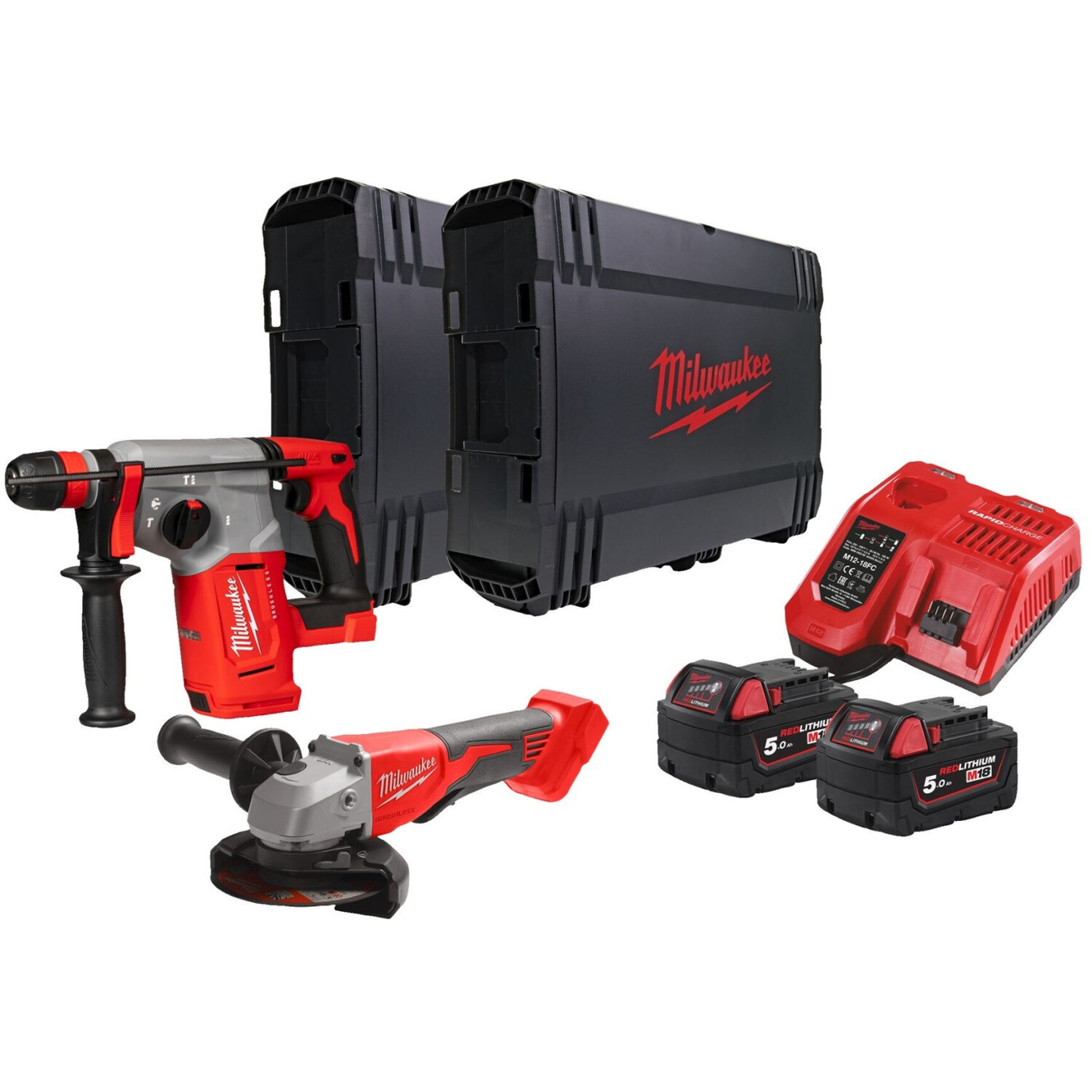The Ultimate Guide to Buying a Jointer Machine
Intro
For woodworkers, both beginners and experienced specialists, having the right tools is essential for accomplishing top quality outcomes. One important tool in any woodworking shop is the jointer machine. This device is essential for flattening and smoothing rough lumber, enabling woodworkers to produce accurate fits and surfaces. If you're thinking about purchasing a jointer machine, this guide will offer an extensive take a look at what to consider, the types available, and answers to regularly asked questions.
What is a Jointer Machine?
A jointer machine is a woodworking tool designed to develop flat surfaces on lumber. It eliminates material from the wood's face, making it possible for the woodworker to square the edges and prepare the wood for more processing. Dickenhobel Testsieger includes a flat bed with a turning blade that shaves off thin layers of wood as the operator feeds the lumber through.
Kinds Of Jointer Machines
When selecting a jointer machine, understanding the various types available is necessary. Here is a breakdown of the most typical ranges:
| Type | Description | Suitable For |
|---|---|---|
| Benchtop | Compact and portable, created for little stores and light-weight use. | Hobbyists & & DIYers Stationary |
| Larger and more robust, frequently mounted on a stand or bolted to the floor. Professionals & serious woodworkers Spiral Cutterhead Equipped with multiple smaller sized blades, supplying a smoother surface and | less tear-out. Top quality joinery Straight Knife Conventional design with a single big blade, | frequently requiring more frequent |
| honing. Budget-conscious users Key Features to Consider When looking for a jointer machine, it's important to examine various | features that specify performance and usability. |
Here is a list of crucial aspects to look
for: Table Size: A wider table permits longer and wider pieces to be jointed, while a smaller table is more portable and normally less costly
- . Cutterhead Type: Consider a spiral cutterhead for smoother finishes and decreased sound. Straight knife cutterheads are normally less costly but need more maintenance and can trigger tear-out in softer woods. Horsepower(HP): Higher horse power supplies more power and is better fit for bigger or more difficult materials. Dust Collection: Integrated dust ports make cleaning easy and enhance air quality in the workshop.
- Adjustability: Look for fine-tuning alternatives to accurately adjust the table settings, ensuring precision.
- RecommendationsBased on Experience Levels It's likewise useful to advise jointer machines based on the user's ability level. Here is a streamlined table detailing appropriate options for numerous experience levels: Experience Level Advised Jointer Model
Reason Beginner Benchtop Jointer Budget-friendly, compact
, and easy to utilize Intermediate Spiral Cutterhead Jointer Deals flexibility and enhanced finishes Advanced/Professional Stationary Jointer with Heavy HP Sturdiness and power for
| bigger tasks Where to | Buy a Jointer Machine When | it concerns purchasing a jointer machine | , purchasers have numerous alternatives. These consist of | : Local Hardware Stores: Ideal for hands-on examination |
|---|---|---|---|---|
| and immediate | purchase. Specialized Woodworking Shops: Often offer skilled advice and high-quality | |||
| products. Online Retailers: Offer benefit and relative shopping features. Utilized Equipment Marketplaces: Great for budget-conscious |
buyers but need cautious examination. Keeping Your Jointer Machine Correct maintenance extends the life of your jointer machine and improves its
- performance. Here are some ideas for maintaining your jointer: Regular Cleaning: Dust and debriscan build up; tidy the beds and cutterheads regularly. Blade Sharpening: Keep blades sharp for optimum performance; this can be done in the house orby specialists. Examine Alignment: Regularly check the positioning of
- the infeed and outfeed tables tokeep accuracy. Lubrication: Apply lube to moving parts as essential to
guarantee smooth operation. Often
Asked Questions(FAQ )1. Is a jointer machine essential for woodworking? While not obligatory, a jointer machine greatly enhances accuracy and reduces time invested
- on completing wood by attaining a flat surface area before planing, making it a rewarding investment.
- 2. How much shouldI anticipate to invest in a jointer machine? Costs generally range from ₤ 300 for a fundamental benchtopdesign to over ₤3,000 for high-end designs. Elements such as brand name, features, and type considerably influence rates. 3.
- Can I utilize a jointer for plywood? A jointer can be utilized for plywood, however care is recommended. Plywood can often splinter
or tear if not jointed thoroughly. It's
recommended to use a straight edge and a circular saw for preliminary
cuts before jointing. 4. What is the distinction between a jointer and a planer? A jointer flattens the surface of the wood, whereas a planer minimizes the thickness of the wood while providing an uniform thickness across the board. They typically match each other in woodworking. 5. How can I make sure security while using a jointer machine? Always follow safety procedures, such as wearing security goggles, utilizing push blocks, and ensuring your hands are at a safe distance
from the blades while running the machine. Investing in a jointer machine is a substantial step for any woodworking enthusiast or professional. With the best knowledge about types, features, and upkeep, purchasers can make informed decisions that cause satisfying woodworking experiences. By considering the supplied suggestions and maintaining your equipment, you can produce premium woodwork that stands the test of time. Delighted woodworking!

